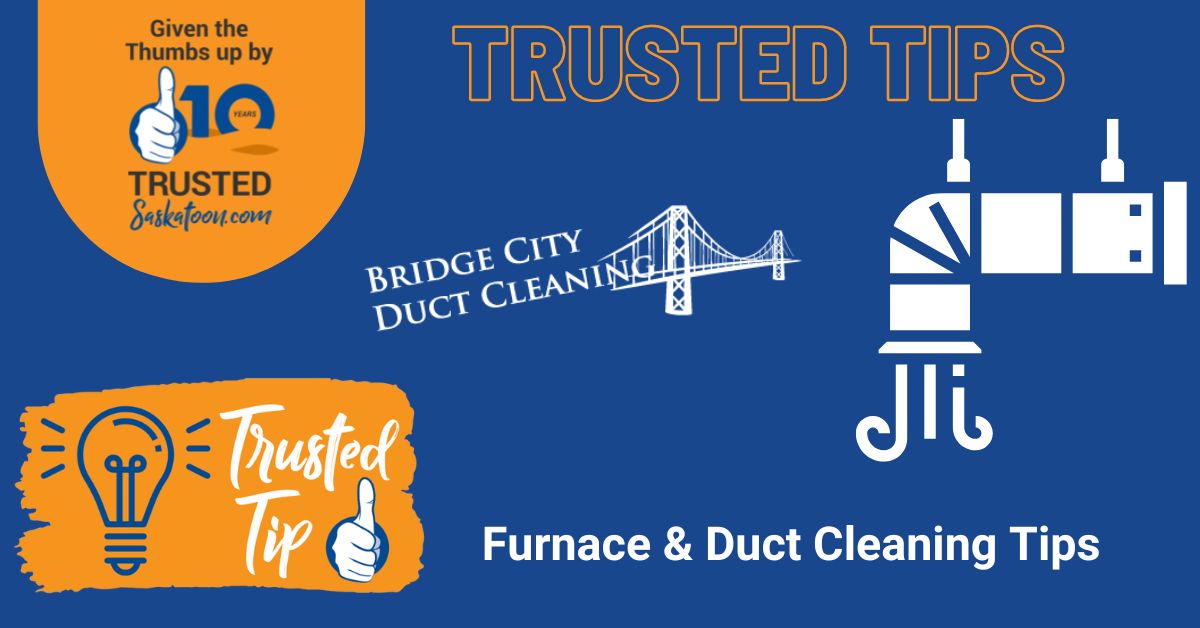Invisible Fence® Brand systems Saskatchewan are invisible boundary systems for your yard and home! It keeps your pet out of harm's way and prevents unwanted behaviours throughout your home and yard. The systems are safe, humane, and highly recommended by Veterinarians, Behaviorists, and pet experts. Over the last 45 years, they have helped more than two million pets and their owners lead safe and harmonious lives together, and their exclusive training program allows dogs and cats to learn their boundaries without fear, distress, or behavioural harm. Invisible Fence Saskatchewan is your Trusted Saskatoon Pet fencing solution expert!

Many pet owners struggle with keeping their farm dogs from roaming. Although outdoor or farm dogs are often used to protect property, keeping them from running off too far can be difficult. We put together our top tips on how to keep your dog from roaming.
Why is my dog roaming?
Before trying to change your pet’s behaviour, it is important to understand why that behaviour occurs. Dogs can chase and roam for a variety of reasons. Many farm and outdoor dogs are bred to be working animals that protect their herd or property. For these dogs, picking up a scent can cause them to investigate further than the owner may like. Dogs can also roam when they are looking for a mate.
Ways to prevent your dog from Roaming
There are several different methods to keep your dog from roaming to prevent them from getting lost. In some cases, using a traditional fence around your farm or large property can keep your dog from chasing predators too far off your property.
Another solution is Invisible Fence
® Brand’s
GPS Wireless Containment. Our GPS satellite technology is the most advanced Invisible
® pet fence on the market with options to customize boundaries in the size and shape you choose. There’s no maximum yard size; however, GPS Wireless Containment is best suited for properties that are 5 acres or more in size, making it the best dog fence for farms and acreage. Our certified trainers teach your pet his boundaries without fear or confusion, so you can be confident your dog will stay within the boundaries you set.
Keeping your dog from chasing after predators doesn’t have to be a difficult task. Since 1973 Invisible Fence® Brand’s innovative solutions, industry-leading training and expertise have given more than 3 million pets newfound independence and security - while also instilling confidence in their owners.
At Invisible Fence Brand of Saskatchewan, they're passionate about protecting pets — so you can focus on fun! Get more information on the solutions they offer by visiting their listing in the Trusted Pets and Vets category.

Professional spray foam insulation service, here are the general steps involved in the process:
Consultation and Assessment: A representative from the insulation company will visit your property to assess your insulation needs. They will inspect the areas to be insulated, discuss your requirements, and provide recommendations based on factors like building design, climate, and budget.
Preparation: Before the installation, the work area needs to be prepared. This typically involves clearing the space, protecting surfaces, and ensuring proper ventilation if necessary.
Safety Measures: The insulation team will take necessary safety precautions, including wearing appropriate personal protective equipment (PPE), such as gloves, goggles, and respirators, to protect themselves during the installation process.
Application: The spray foam insulation is applied using specialized equipment. There are two types of spray foam insulation: open-cell and closed-cell foam. The specific type chosen will depend on factors like insulation requirements, building design, and budget. The insulation is typically sprayed onto the designated surfaces, expanding and adhering to form a continuous insulation layer.
Cleanup: Once the application is complete, the work area will be cleaned up. Any excess or overspray foam will be removed, and the surroundings will be restored to their original condition.
Drying and Curing: The spray foam insulation requires a curing period to fully set and harden. The duration of this process may vary based on the type and thickness of the foam used.
Final Inspection: After the insulation has cured, a final inspection is conducted to ensure the installation meets quality standards and adheres to applicable building codes and regulations.
It's important to hire a reputable and experienced insulation contractor who is trained in spray foam insulation installation. They will have the knowledge and expertise to properly assess your needs, choose the appropriate type of spray foam insulation, and ensure a thorough and effective installation.
In our latest tip Trusted explains why the best insulation choice for Saskatoon properties is spray foam Insulation.
Spray foam insulation is commonly used in Canada for several reasons:

Energy Efficiency
Spray foam insulation is known for its high R-value, which indicates its effectiveness in reducing heat transfer. It provides a superior thermal barrier, minimizing air leakage and reducing energy consumption for heating and cooling. Proper insulation is crucial for maintaining comfortable indoor temperatures and lowering energy bills in Canada's cold climate.
Air Sealing
Spray foam insulation is an effective air barrier, sealing gaps, cracks, and other areas where air leakage may occur. This helps to prevent drafts, moisture infiltration, and the entry of outdoor pollutants, improving indoor air quality and reducing the risk of mold or moisture-related issues.
Versatility
Spray foam insulation can be applied to various surfaces, including walls, ceilings, attics, and crawl spaces. It conforms to irregular shapes and fills cavities effectively, providing seamless coverage. It is particularly useful for insulating hard-to-reach areas or spaces with complex geometries.
Longevity
When properly installed, spray foam insulation has a long lifespan. It does not settle or degrade over time, maintaining its insulating properties and performance for many years. This durability reduces the need for frequent insulation replacements or upgrades.
Soundproofing
Spray foam insulation also offers soundproofing benefits by reducing airborne noise transmission. It can help create a quieter and more peaceful indoor environment by minimizing noise from outside sources or between different rooms.
It's worth noting that there are different types of spray foam insulation, such as open-cell and closed-cell foam, each with its specific characteristics and applications. The choice of spray foam insulation type may depend on budget, insulation requirements, building design, and local building codes and regulations. Professional consultation and installation by trained experts are recommended to ensure proper installation and optimal performanc
Getting Trusted Asbestos abatement pros to TEST for asbestos is recommended if you live or work in a pre-1990 property in Saskatoon.
Do you live or work in a pre-1990 property in Saskatoon?
If so, you should test for asbestos for several reasons:
Health Risks: Asbestos is a hazardous material that, when disturbed or damaged, can release microscopic fibres into the air. Inhalation of these fibres can lead to serious health issues, including lung diseases and certain types of cancer.
Older Buildings: Many buildings constructed before the 1990s may contain asbestos-containing materials (ACMs) such as insulation, flooring, ceiling tiles, or pipe insulation. It is essential to determine if these materials are present and if they pose a risk.|
Renovations and Demolitions: Any renovation or demolition work that involves disturbing potential ACMs can release asbestos fibres into the air. Identifying and adequately managing these materials before starting any construction or renovation project is crucial.
Legal Requirements: In many jurisdictions, including Saskatoon, regulations and guidelines are in place to manage asbestos-containing materials. Compliance with these regulations is necessary to ensure the safety of workers and the public.
To determine the presence of asbestos in a building or materials, it is advisable to consult with professionals who can conduct proper testing and provide guidance on appropriate actions to mitigate any risks.
Trusted Saskatoon Furnace & Duct Cleaners Bridge City Duct Cleaning provides both residential duct cleaning and commercial duct cleaning and furnace maintenance services. Their team is professionally trained, qualified, bonded, and factory furnace and duct cleaning technicians. In their latest article, they discuss what is involved in commercial duct cleaning.

Commercial duct cleaning is the process of removing dirt, debris, and contaminants from the air ducts in commercial buildings. This is important for maintaining a healthy indoor environment, reducing energy costs, and extending the lifespan of the HVAC system. In this blog post, we will discuss what is involved in commercial duct cleaning.
Inspection:
The first step in commercial duct cleaning is to conduct a thorough inspection of the HVAC system. This includes inspecting the air ducts, registers, and grilles to identify any areas that need cleaning. The technician will also check for signs of mold, water damage, or other issues that may affect the air quality.
Preparation:
Before cleaning, the technician will prepare the work area by covering floors and furniture with protective materials. They will also turn off the HVAC system and seal off all vents to prevent dust and debris from spreading throughout the building.
Cleaning:
Once the preparation is complete, the technician will begin the cleaning process. This involves using specialized tools and equipment to dislodge dirt and debris from the ductwork. The most common method of cleaning is using a high-powered vacuum to suck up all the contaminants.
Disinfection:
After the ductwork has been cleaned, the technician will apply a disinfectant to kill any bacteria or mold spores that may be present. This is an important step in maintaining a healthy commercial indoor environment.
Inspection and testing:
Once the cleaning and disinfection are complete, the technician will conduct a final inspection and testing of the HVAC system to ensure that everything is working properly. They may also take air samples to test for any remaining contaminants.
Maintenance:
Regular maintenance is essential to keep the HVAC system and air ducts clean and functioning properly. This may include changing air filters, cleaning registers and grilles, and scheduling regular duct cleaning services.
In conclusion, commercial duct cleaning is an important process for maintaining a healthy commercial indoor environment and extending the lifespan of the HVAC system. It involves a thorough inspection, preparation, cleaning, disinfection, inspection and testing, and regular maintenance. By keeping the air ducts clean and functioning properly, you can ensure that your building occupants are breathing clean and healthy air. If you haven’t had your ductwork cleaned in a while, now is the time to schedule a service. Contact Bridge City Cleaning today to have your duct work cleaned.